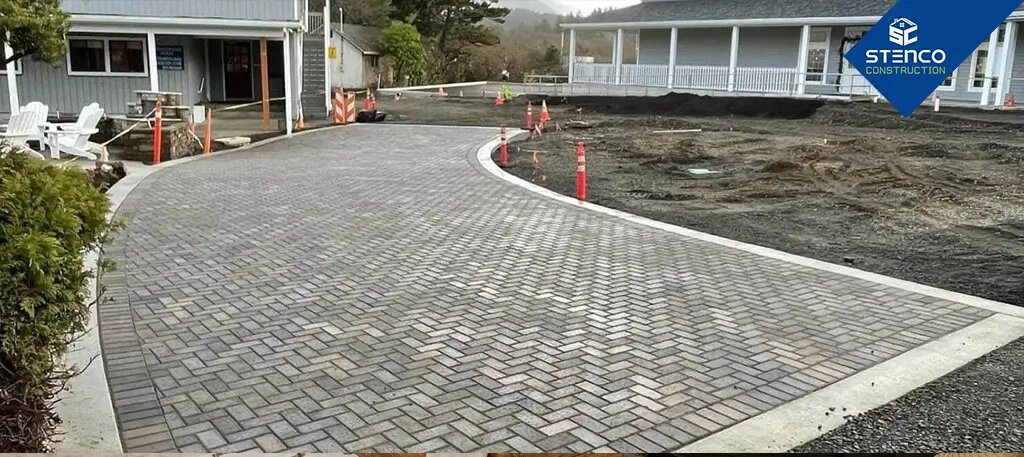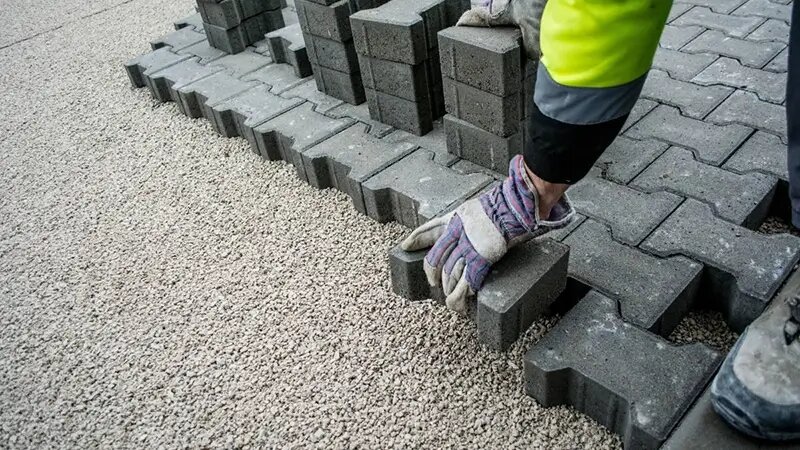CALL US FREE ESTIMATE
CALL US FREE ESTIMATE

In the bustling urban landscapes of Queens, the vibrant streets of Manhattan, and the suburban expanses of Nassau County, the very foundation of modern infrastructure lies beneath our feet – the pavement. These thoroughfares are the arteries that keep our cities alive, enabling the flow of people, goods, and progress. However, the demands on these roadways are ever-increasing, calling for constant evolution and innovation in pavement materials and technology. This article will explore cutting-edge pavement materials and innovations, exploring how the best construction companies in Queens, Manhattan, and Nassau County are at the forefront of this transformative wave. We will discover that the road to the future is paved with possibilities. The challenges are real, but the solutions are transformative.

Traditional pavement materials, such as asphalt and concrete, have long been the bedrock of our road infrastructure, providing essential pathways for transportation. Asphalt offers advantages in cost-effectiveness and ease of maintenance, making it a popular choice. However, it comes with limitations, notably its vulnerability to temperature fluctuations and the tendency to develop cracks and rutting over time. On the other hand, concrete pavements boast remarkable durability and resistance to heavy loads, ensuring a long service life. Yet, they have drawbacks, including the propensity for rigid concrete surfaces to crack and the challenges associated with repairs and maintenance. Recognizing these limitations underscores the need for innovation in pavement materials and engineering to address these shortcomings and pave the way for safer, more resilient, and sustainable roadways.
Sustainable pavement solutions have emerged as a beacon of hope in the quest for eco-conscious and long-lasting road infrastructure. With the increasing focus on environmental sustainability, these solutions offer a path toward minimizing the carbon footprint of pavement construction. They include innovative practices like utilizing reclaimed asphalt pavement and recycled concrete aggregates, reducing waste, conserving resources, and ultimately lowering the environmental impact. Moreover, porous pavements, a hallmark of sustainability, provide robust road surfaces and effective stormwater management, reducing the strain on urban drainage systems and mitigating flooding risks. As the world turns its attention toward greener infrastructure, sustainable pavement solutions stand as a testament to our commitment to creating roads that are both enduring and kinder to the planet.

High-performance asphalt mixtures represent a significant leap forward in pavement construction. These innovative materials, composed of carefully engineered blends and enhanced with advanced additives and modifiers, bring many advantages. Unlike traditional asphalt, high-performance mixtures offer improved durability and resilience, making them better equipped to withstand the rigors of heavy traffic and harsh weather conditions. Perhaps even more appealing is the potential for reduced maintenance costs over the pavement's lifespan. This benefit saves resources and contributes to a more sustainable approach to road infrastructure. With their capacity to endure and perform under challenging circumstances, these mixtures pave the way for longer-lasting, cost-effective, and eco-conscious road surfaces, benefitting communities and economies alike.
3D printing for roads represents a technological revolution in infrastructure development. This innovative construction method leverages advanced 3D printing technology to create roadways layer by layer, offering a level of precision and customization previously unattainable. It allows for the rapid construction of roads, bridges, and other transportation infrastructure, significantly reducing construction timelines and labor costs. Moreover, 3D printing minimizes material waste, making it an environmentally friendly option. This technique's versatility extends to creating geometrically complex designs, custom road features, and the potential for embedding sensors and data collection devices within the pavement. As construction companies near Manhattan and other urban centers embrace 3D printing, they are optimizing efficiency and contributing to the development of smarter, more sustainable, and adaptable transportation networks for the future.

Self-healing pavements represent a remarkable stride in pavement engineering, where the materials used can repair themselves. These innovative pavements incorporate mechanisms like microcapsules filled with rejuvenating agents or autonomous crack-filling materials that activate in response to temperature fluctuations or moisture infiltration. This means that minor surface cracks and damage that traditionally lead to costly repairs can now be autonomously and swiftly mended, extending the pavement's lifespan and reducing maintenance expenses. Self-healing pavements promise economic benefits and contribute to safer roads by minimizing hazards caused by deteriorating surfaces. As we embrace these self-repairing materials, we move closer to a future where our roads are robust and capable of rejuvenating, ensuring safer and more sustainable transportation networks.
In this dynamic landscape, the road ahead is one of possibility and responsibility. The innovations we've explored are about constructing roads and creating a safer, more sustainable, and technologically advanced future. By investing in these advancements and addressing challenges, we pave the way for transportation networks that benefit communities, economies, and the environment. As we journey toward this future, let us be inspired by the transformative potential of pavement materials and engineering, where innovation knows no bounds.
In partnership with Stenco Construction, the future of pavement materials and engineering is within your reach. Contact us today to explore how we can bring cutting-edge innovations to your Queen, Manhattan, or Nassau County projects. Your journey to a smarter, more resilient transportation network begins with Stenco Construction.
No matter what type of project you have, we can help